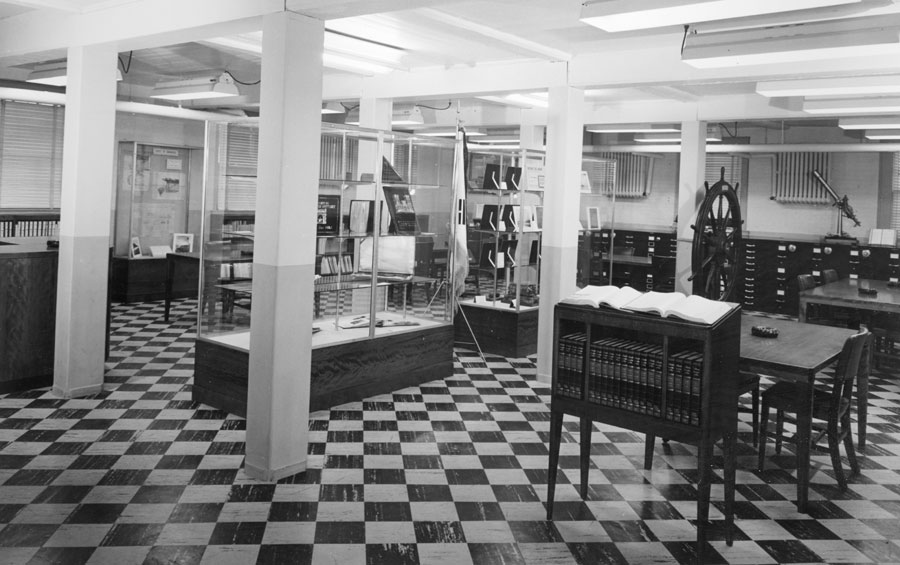The Office of History has been a part of HQUSACE since early in World War II when it was first tasked with documenting and preserving the history of the U.S. Army Corps of Engineers. In carrying out its mission, the office collects documents, oral history interviews, personal papers, images, and all manner of materials related to USACE work. However, in the past the Office of History generally was not interested in three-dimensional objects, instead leaving the collection of such items to the historians at Fort Belvoir and at the Army Engineer School.
 |
The Army began training engineers in the area that became Fort Belvoir in 1915, and the installation, originally called Camp A. A. Humphreys, remained the home of the Army Engineers for the next seventy-three years. Fort Belvoir also hosted various Corps activities, such as the Engineer Research and Development Laboratories, and was the site of the revolutionary SM–1 Nuclear Power Plant. In 1953 the Army created a Corps of Engineers museum to preserve the historic artifacts of the Corps. Because the history of Fort Belvoir paralleled that of the Army Engineers, the museum grew to include a Fort Belvoir installation museum as well. Many objects related to important USACE activities went on display over the years, including the wheel of the battleship Maine, Engineer flags, survey instruments, and military engineer uniforms and equipment. The exhibits also highlighted the Engineer School, Army Engineer Medal of Honor winners, and former chiefs of engineers.
In 1988, because of encroaching development and a shortage of land for training, the Army Engineer School relocated to Fort Leonard Wood, Missouri, and the Fort Belvoir Engineer museum closed. The Army established a new Army Engineer Museum at Fort Leonard Wood, though it is primarily concerned with the military engineering history of the Corps. Engineer history did not completely move with the school. An Army Museum Activity was established within the USACE Office of History, and professional curators began again to care for historic Corps of Engineers artifacts, some of which came from the closed Fort Belvoir Museum and others that have since been collected. The intent of the Office of History is eventually to establish a dedicated U.S. Army Corps of Engineers Museum that will document, interpret, and display the history and missions of the Corps of Engineers, civilian and military.
|
| LTC George J. Kabat (left) of the Engineer School views the wheel of the battleship Maine |
 |
| Interior of the Engineer Museum at Fort Belvoir, ca. 1950s |
 |
Since the late 1980s the USACE Museum artifact collection has benefited from a number of generous donations, including one very important personal collection of over five thousand military engineering objects donated by former engineer officer Col. Evan Murdock. Today there are almost nine thousand artifacts in the collection. Though weighted towards military history, the collection includes a number of important civil works mementoes. The items are used as research materials, loaned to other museums, and displayed in temporary exhibits as tangible pieces of the history of USACE. They are currently under the care of the Corps Curator, Office of History, and are stored at the Humphreys Engineer Center.
* * *
2 August 2010